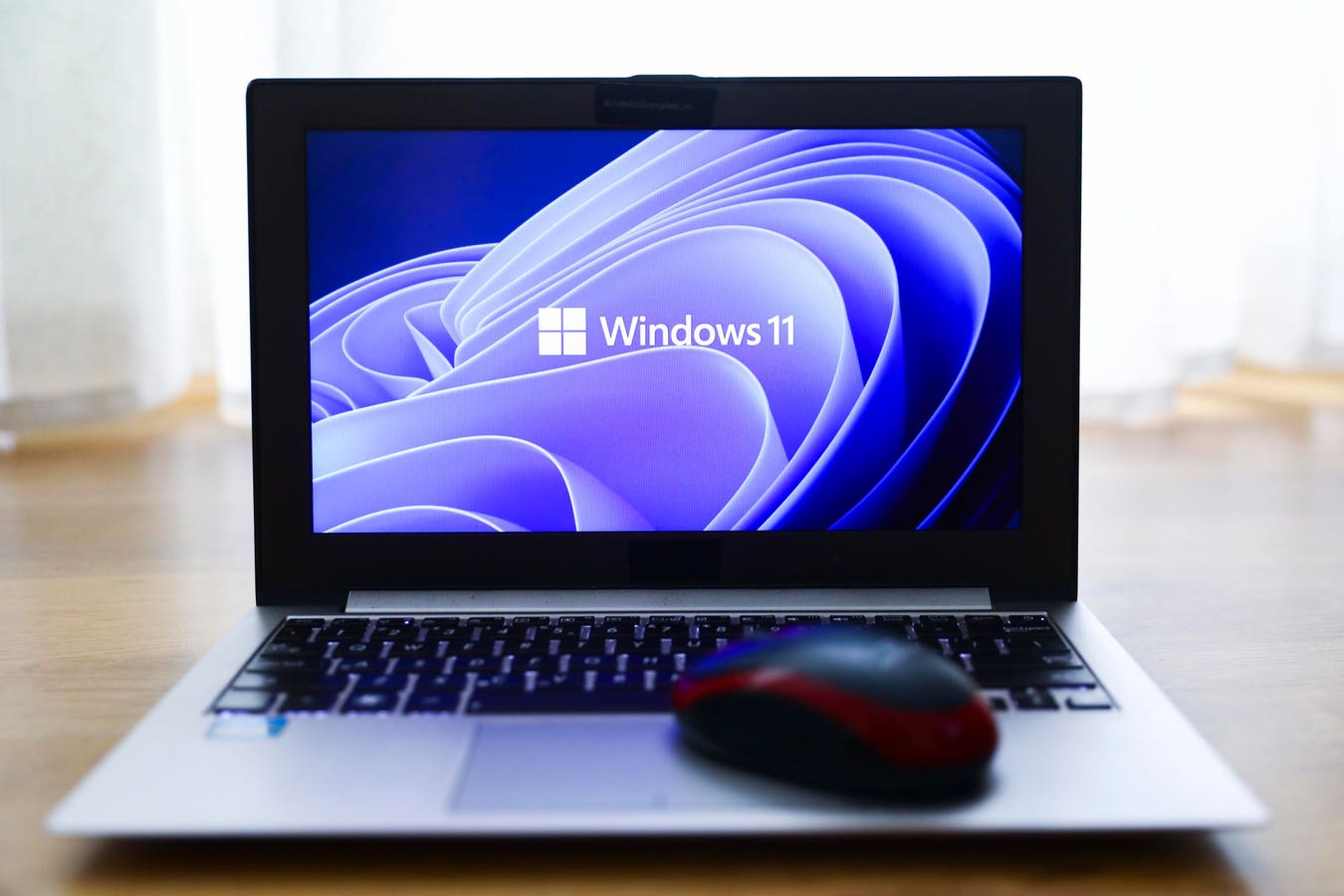Windows 11 latest update may have more problems.
NurPhoto via Getty Images
The latest Windows 11 update (KB5063878) promised faster performance when it was rolled out on Aug. 12. But then it developed serious problems — which isn’t great when it’s a mandatory update that downloads and installs automatically. Now, another serious problem has arisen: failures of solid state drives.
At first, it seemed that the first issue, which caused installation errors (as reported by Windows Latest) was confined to enterprise users.
“Home users are unlikely to experience this issue, as WSUS is designed for use across business and enterprise environments,” Microsoft said. This was followed by an emergency update which would be installed automatically.
Phew. Except it seems that’s not the end of the story. “It is now reported that the latest Windows 11 update is causing SSDs to become non-functional after a large data write, and it seems to have affected several drives,” WCCFTech reported.
However much users now save important data to the cloud, the prospect of an SSD failing with crucial stuff on it is alarming.
In a post on X, @Necoru_cat reported that they had found “Drives disappear from the OS (SMART data becomes unreadable), and while buffered trees may sometimes be accessible, files cannot be read,” they claimed.
It seems the drives malfunction, according to the report, when large number of files are being written to them at the same time. The problem was spotted when they were updating Cyberpunk 2077.
However, don’t panic. “For now, the issue isn’t as widespread as it hasn’t been reported across public forums, but the security update might have something to do with SSDs failing to perform after data writes. Our best reasoning for the problem is likely from a storage driver or kernel-level regression that came with the update, which mishandles long sequential writes, ultimately leading to controller lock-up, which makes the drive disappear and is not recognizable by the OS,” WCCFTech said.
I’ll update this story as more details appear, but for now, the advice is to “avoid long sequential write instances, especially if their drive is on the above-mentioned list or has a Phison controller onboard,” as WCCFTech put it.









